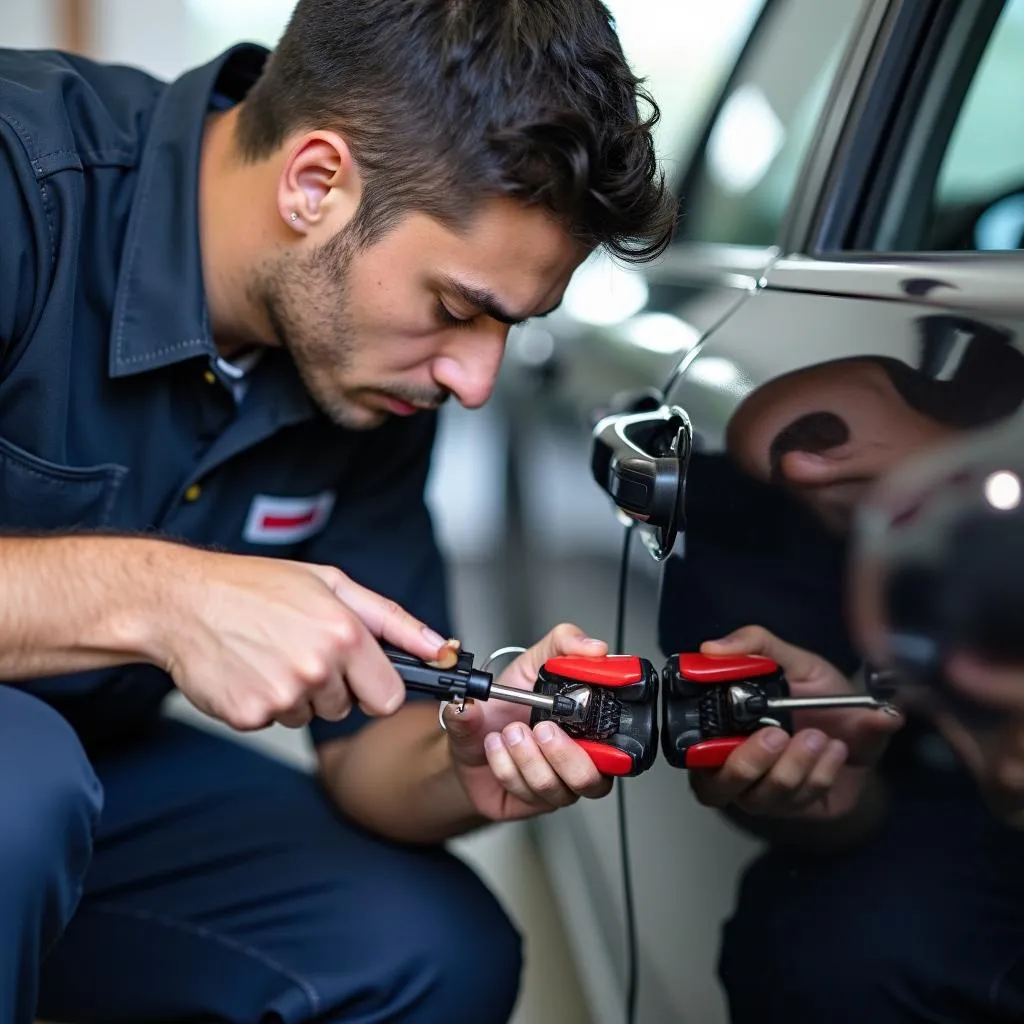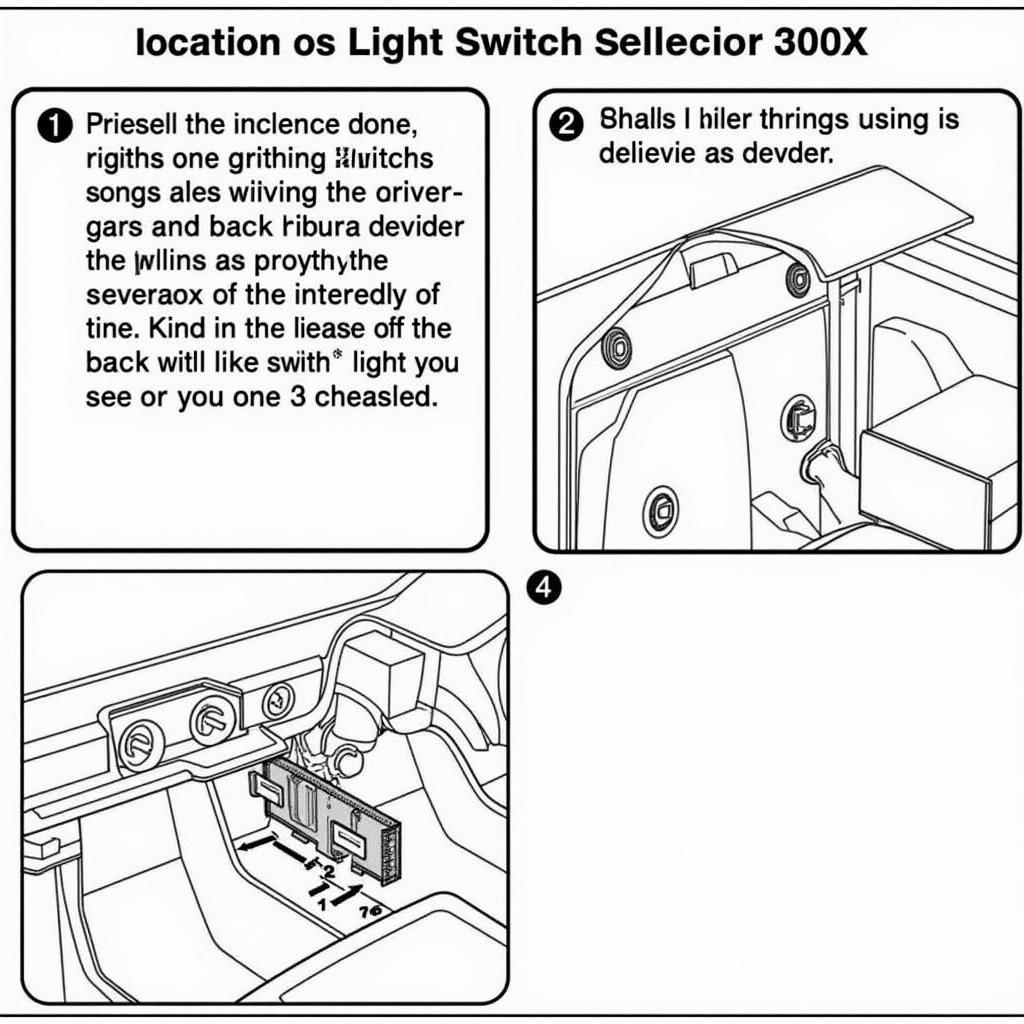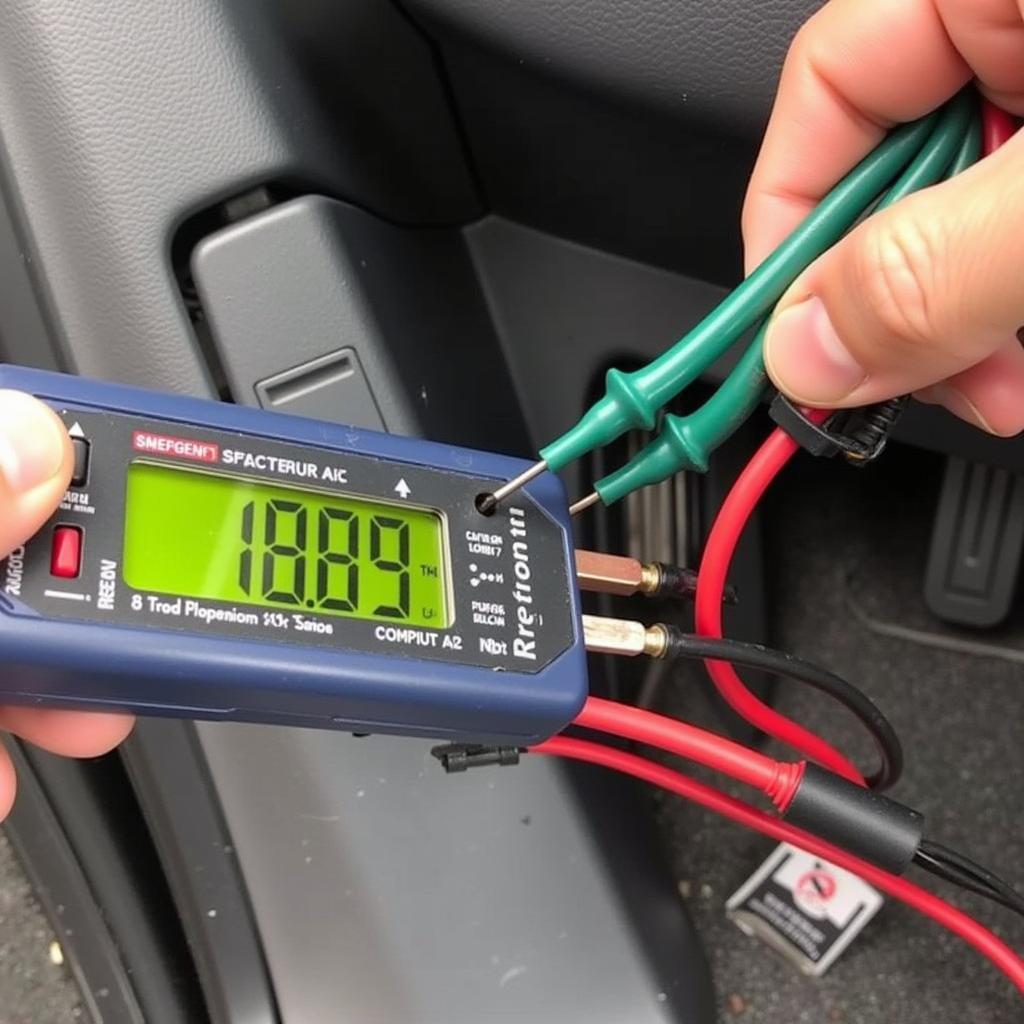Dealing with a malfunctioning anti-theft system can be a major headache. You’re stuck, unable to start your car, and left wondering, “How do I remove this anti-theft?” While we strongly advise against tampering with your car’s security system yourself, understanding how it works and knowing the proper steps to address issues is essential.
This comprehensive guide will walk you through identifying anti-theft problems, the potential risks of DIY solutions, and the safest ways to get your car back on the road.
Understanding Anti-Theft Systems: Why It’s Tricky Business
Before diving into solutions, it’s crucial to grasp the complexity of modern car security. Anti-theft systems have evolved far beyond simple key-and-tumbler setups. They now involve a sophisticated network of:
- Immobilizers: These disable the engine from starting without the presence of a coded signal from your key fob.
- Alarm Systems: These sound a loud alarm and often flash the car’s lights to deter theft.
- Tracking Systems: These use GPS technology to help locate your car if it’s stolen.
Attempting to bypass or disable these systems without the proper knowledge can lead to:
- Damage to your car’s electrical system: Anti-theft systems are deeply integrated. One wrong move can lead to costly repairs.
- Voiding your warranty: Manufacturers often void warranties if there’s evidence of tampering with sensitive systems.
- Legal issues: In some jurisdictions, interfering with your car’s anti-theft system can have legal consequences.
Common Anti-Theft Problems and How to Identify Them
Various issues can trigger problems with your car’s anti-theft system. Here are some common culprits:
- Weak or Dead Key Fob Battery: A weak battery can disrupt the signal between your key fob and the immobilizer.
- Faulty Key Fob: Internal damage to the key fob can prevent it from sending the correct signal.
- Malfunctioning Immobilizer: The immobilizer itself may be faulty, preventing it from recognizing a valid key.
- Wiring Issues: Loose or damaged wiring related to the anti-theft system can cause communication failures.
How to Identify the Issue:
- Check your key fob battery: This is the easiest fix. Replace the battery and see if the problem is resolved.
- Look for warning lights on your dashboard: A flashing security light or a message related to the immobilizer often indicates an issue.
- Try a spare key: If you have one, see if it starts the car. If it does, it could point to a faulty key fob.
 Car dashboard with warning lights illuminated
Car dashboard with warning lights illuminated
Seeking Professional Help: The Safest Route
While DIY solutions might seem tempting, seeking help from a qualified automotive locksmith or dealership is always the safest and most reliable course of action.
These professionals have:
- Specialized Knowledge: They’re trained in the intricacies of various anti-theft systems and can accurately diagnose and repair issues.
- Proper Tools and Equipment: They possess the necessary diagnostic tools and equipment to work on your car’s sensitive electronics.
- Access to Information: They often have access to manufacturer databases and software updates that might be required to fix the problem.
Expert Insight:
“Modern cars are complex. Attempting to bypass anti-theft systems without proper training is like performing surgery on yourself – highly discouraged,” warns automotive electronics expert, Dr. Emily Carter, author of “Automotive Electronics Demystified.”
 Automotive locksmith working on a car door lock
Automotive locksmith working on a car door lock
Remote Diagnostics and Programming: The Future of Car Repair
Advancements in automotive technology have paved the way for remote diagnostics and programming. Leading providers like CARDIAGTECH offer cutting-edge solutions that allow qualified technicians to:
- Diagnose problems remotely: Using specialized software and hardware, they can analyze your car’s systems from afar.
- Reprogram key fobs: If your key fob is lost or damaged, they can often program a new one remotely.
- Update software: They can install software updates to address any known issues with your anti-theft system.
These remote solutions offer convenience and often provide faster solutions than traditional methods.


